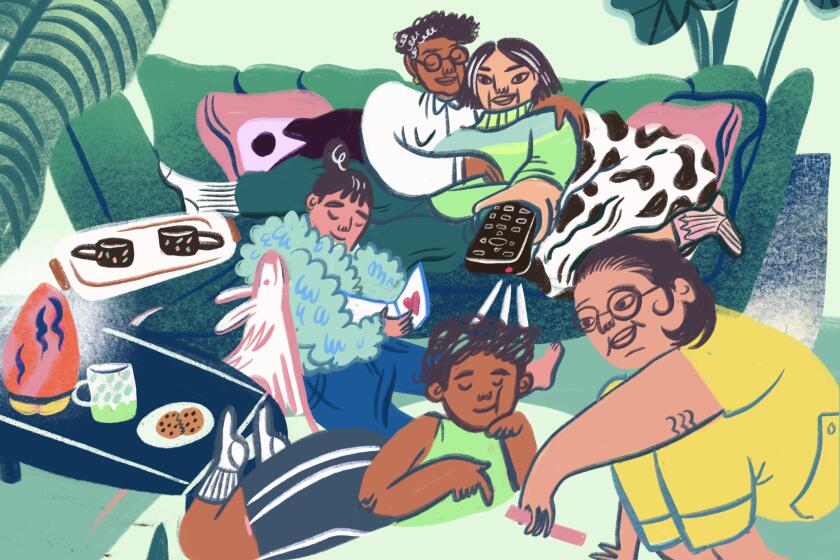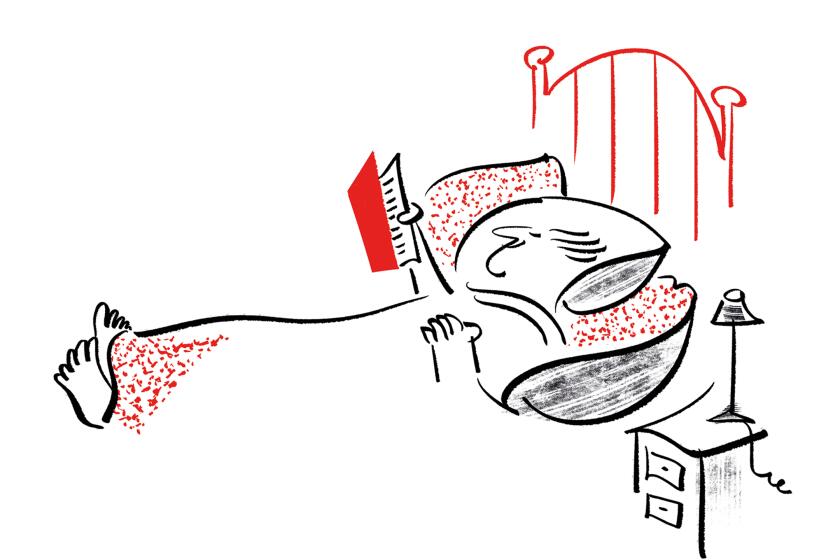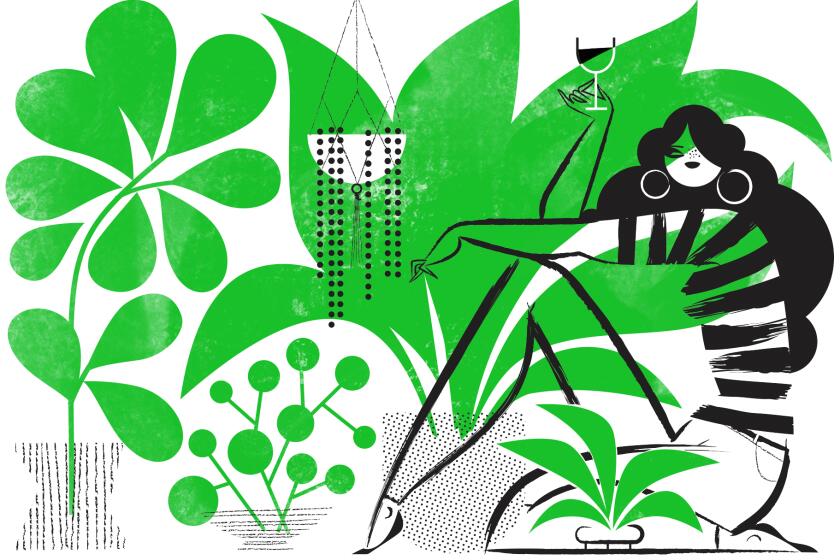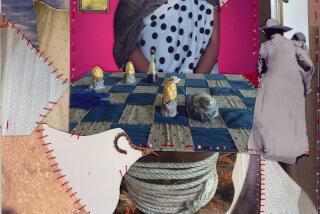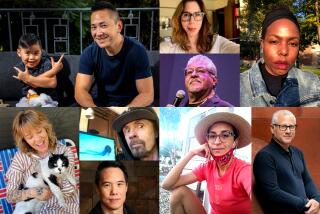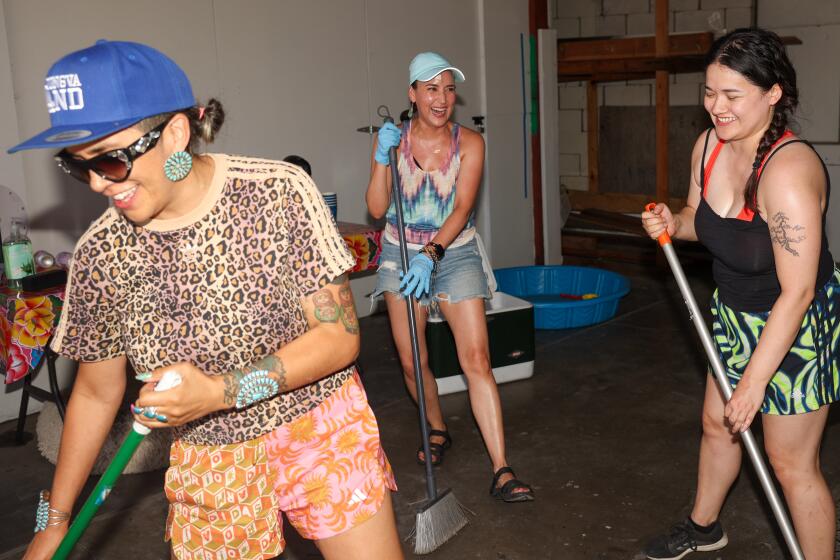You’re not imagining it: We’re all having intense coronavirus dreams
What do a tidal wave, a lethal injection and masses of thin white worms have in common?
They are all images that have cropped up in dreams people are having about the coronavirus pandemic.
Many people are reporting more vivid dreams while self-quarantining, taking to social media to comment on the phenomenon. Take a moment to think back on your dreams over the past few weeks. Have they seemed a little more intense — or upsetting — than usual?
“I feel pain in my right shoulder, and see a huge grasshopper-like insect there. It has already chewed through the fabric of my sweater and is now gouging my flesh,” one respondent described in a dream survey currently underway and conducted by Deirdre Leigh Barrett, Ph.D., author of “The Committee of Sleep: How Artists, Scientists, and Athletes Use Their Dreams for Creative Problem Solving — and How You Can Too” and an assistant professor of psychology at Harvard Medical School’s psychiatry department.
Barrett supports the idea that people are remembering more vivid dreams while in quarantine and is currently studying dreams that people are having about the coronavirus pandemic. That’s where the tidal wave, lethal injection and worms imagery originated — they all surfaced in the dreams of people responding to her survey. “I’ve seen a lot of bug dreams,” Barrett says.
It’s surprisingly easy to learn the best techniques that help you get the most out of the simple act of breathing.
In Barrett’s survey, respondents have reported dreams that are clearly related to the coronavirus — contracting the illness themselves, or having an aging parent become sick. Others are more metaphorical, like dreams about insects. And while many are experiencing wilder dreams, doctors and nurses may be experiencing the phenomenon more intensely than others. “It’s my informal impression that healthcare providers are having more extreme nightmares,” Barrett explains.
But why are people dreaming so vividly during the pandemic?
First of all, changes in one’s routine can stir up dream recall, explains Barrett. “When waking life is more vivid, so is dream life,” agrees Rubin Naiman, Ph.D., a psychologist, clinical assistant professor of medicine and the sleep and dream specialist at the University of Arizona. “My patients routinely increase dreaming at times like this.”
Let’s lean in to “hygge,” an Norwegian word for “well-being,” cozy togetherness,” “fun,” “safety and shielding from the world,” “the absence of annoyance” and the notion that your home is, literally and metaphorically, giving you a “hug.”
Naiman draws a parallel between the gut, which decides what food we consume is useful and what is waste, and the brain, which similarly consumes and processes information throughout the day. When we observe something normal, our brains don’t need to “digest” it, he says. However, when something out of the ordinary happens — like a pandemic — our brains may process the experience through dreaming. That’s why “difficult-to-digest” experiences may give us dreams, Naiman explains. “At a time like this, we’re all directly or symbolically digesting information about the threat, about contagion,” he says.
Speaking of symbolism, Barrett — also an artist — makes art inspired by her dreams. Below is a piece inspired by a pandemic dream she experienced, titled “Help, I can’t wake up!”
Another major reason why we’re dreaming like crazy? Many of us are getting more sleep than usual while cooped up inside.
“Dream recall is very correlated with how many hours of sleep you get, and most of America runs around pretty sleep-deprived,” Barrett explains, adding that if you’ve been sleep-deprived and are only now catching up on sleep, you may be experiencing more intense dreams. Dreams occur during our REM cycles, and the more REM sleep we get in a night, the more dreams we typically experience. As your night of sleep progresses, your REM cycles get longer. That’s why we do most of our dreaming in the latter third of the night, Naiman says.
Coronavirus has us all stuck indoors. Solution? It’s time to make your home a cozy sanctuary. Here are 10 ways to do just that.
It’s also possible that people may be dreaming more about aspects of life they miss while in quarantine. Barrett has noticed a parallel between dreams about the coronavirus pandemic and dreams had by a group of British soldiers imprisoned in a Nazi prisoner-of-war camp during World War II. The soldiers’ dreams included elements of yearning for things they couldn’t have or enjoy while detained. “They had more food content [in their dreams] than any other sample I’ve ever seen,” Barrett explains. In her current dream survey, she has noticed some respondents are dreaming about foods they aren’t able to have in quarantine.
So, can we learn anything from the dreams we experience during the coronavirus crisis?
“Sometimes you can get a practical, useful idea,” Barrett suggests, while also pointing out that dreams can indicate feelings that are repressed during waking life. For someone who is experiencing more anxious dreams while in quarantine, Barrett posits, “They may be more scared [of the coronavirus pandemic] than they think.”
Many experts recommend journaling as a helpful way to reflect on and learn from our dreams. Barrett, a proponent of dream journaling, explains, “We forget dreams so easily that writing them down helps us continue to relate to them longer. You just see another side to yourself.” She recommends looking for patterns in dreams and keeping tabs on any themes that come up regularly. Barrett isn’t fussy about how people dream journal, saying that while some people may enjoy keeping old-fashioned logs of their dreams, others may find dictating to a smartphone easier and less time-intensive.
For those who have trouble remembering their dreams, Naiman suggests, “The first step to remembering a dream is to linger in grogginess.” Upon waking, keep your eyes closed and wait for the memories of the dream to resurface. Then write your recollections of the dream down — or draw, if that feels more natural, Naiman says. He encourages dreamers to recognize that the waking world and the dream world are connected, saying, “Bridge whatever memory you have of the dream into the waking world.”
Designer and lifestyle influencer Justina Blakeney doesn’t have a therapist and that’s OK; she can talk to her tillandsia.
Discussing your dreams with a trusted loved one can go hand in hand with dream journaling, according to Naiman. “It’s a great time to talk about dreams,” he says, explaining that even nightmares can be a rich source of information about oneself. Naiman hopes that parents and children take the opportunity while in quarantine to get into the practice of sharing their dreams, without dismissal or judgment.
He would like to see dreaming and dream-sharing during the coronavirus pandemic reinforce the importance of dreaming within the general public. “My hope would be that we can leverage this experience to remind people how critical dreaming is,” he says. “Dreaming is a reflection of healing.”
More to Read
Sign up for The Wild
We’ll help you find the best places to hike, bike and run, as well as the perfect silent spots for meditation and yoga.
You may occasionally receive promotional content from the Los Angeles Times.
